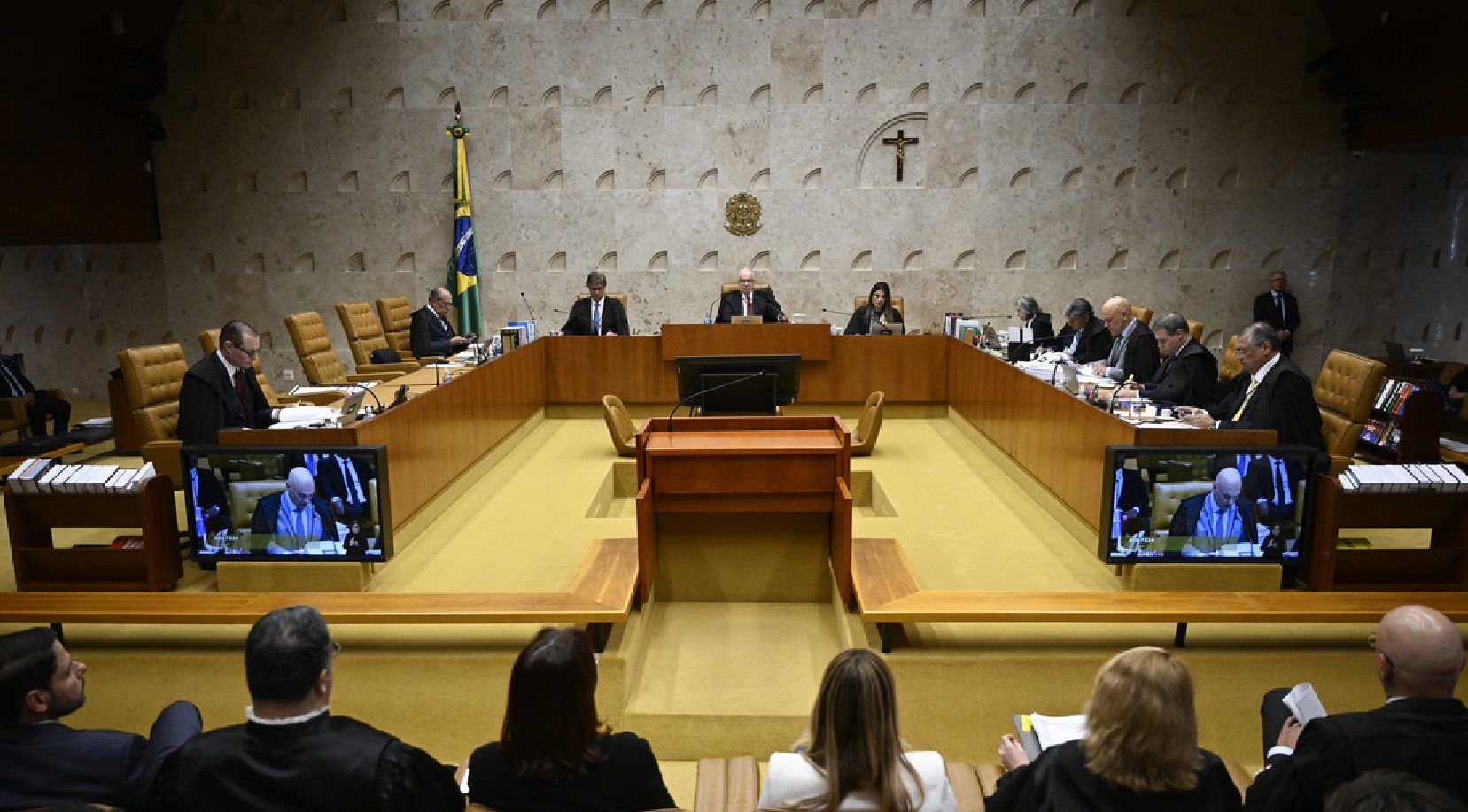(ZENIT News / Brasilia, 11.28.2024).- In a landmark ruling that intertwines Brazil’s religious and cultural identity, the Supreme Federal Court (STF) has decided to allow religious symbols, such as crucifixes and saintly images, to remain in public buildings. Eight of the 11 justices rejected a Federal Public Ministry (MPF) motion seeking their removal, citing the separation of church and state as its foundation.
The STF’s decision reflects an acknowledgment of Brazil’s rich cultural history, shaped in part by Christianity’s influence since colonial times. Justice Cristiano Zanin, the case’s lead judge, emphasized that Brazil’s traditions and historical ties to Christian values are deeply ingrained, extending far beyond mere religious significance.
A Cultural, Not Just Religious, Debate
In his opinion, Justice Zanin highlighted the enduring legacy of Christianity, stating that its presence has played a central role in the «educational and moral development» of Brazil. He argued that the symbols are not an imposition of faith but a testament to the country’s cultural evolution, marked by public holidays, place names, and institutions inspired by Christian heritage.
“The presence of religious symbols in public spaces,” Zanin wrote, “does not diminish the impartiality of public administrators or judges, nor does it infringe on individual freedoms of belief or non-belief.” He proposed that these symbols reflect cultural tradition rather than state endorsement of religion.
A Balancing Act Between Secularism and Religious Freedom
Other justices echoed this perspective, stressing the balance between a secular state and the respect for cultural pluralism. Justice Flávio Dino underscored that Brazil’s secularism should promote coexistence rather than suppress religious expression, stating, “The State should not be indifferent or hostile to religion but should foster an environment where faith can coexist harmoniously with pluralism.”
Justice Edson Fachin clarified that secularism does not equate to erasing religion from public life. “The separation of church and state does not mean isolating religious individuals in their private sphere,” he argued, noting that symbols like the crucifix carry cultural significance beyond their religious meaning.
A Vote Rooted in Tradition and Diversity
Justice Alexandre de Morais highlighted the need for tolerance in a pluralistic society. He cautioned against past abuses in the name of religion, emphasizing that modern religious freedom must embrace respect and diversity. “The full liberty of religion should ensure that all beliefs coexist without hierarchy or exclusion,” he said.
The court’s decision reaffirms the role of religious symbols as cultural artifacts that resonate across societal boundaries. It also sets a precedent for future cases concerning the intersection of religion, state, and public life in Brazil.
The Broader Implications
The ruling underscores a broader narrative about how modern states interpret secularism. By preserving these symbols, Brazil’s judiciary sends a message: that secularism can coexist with acknowledgment of cultural heritage, as long as it respects diversity and does not impose religious adherence.
Thank you for reading our content. If you would like to receive ZENIT’s daily e-mail news, you can subscribe for free through this link.



